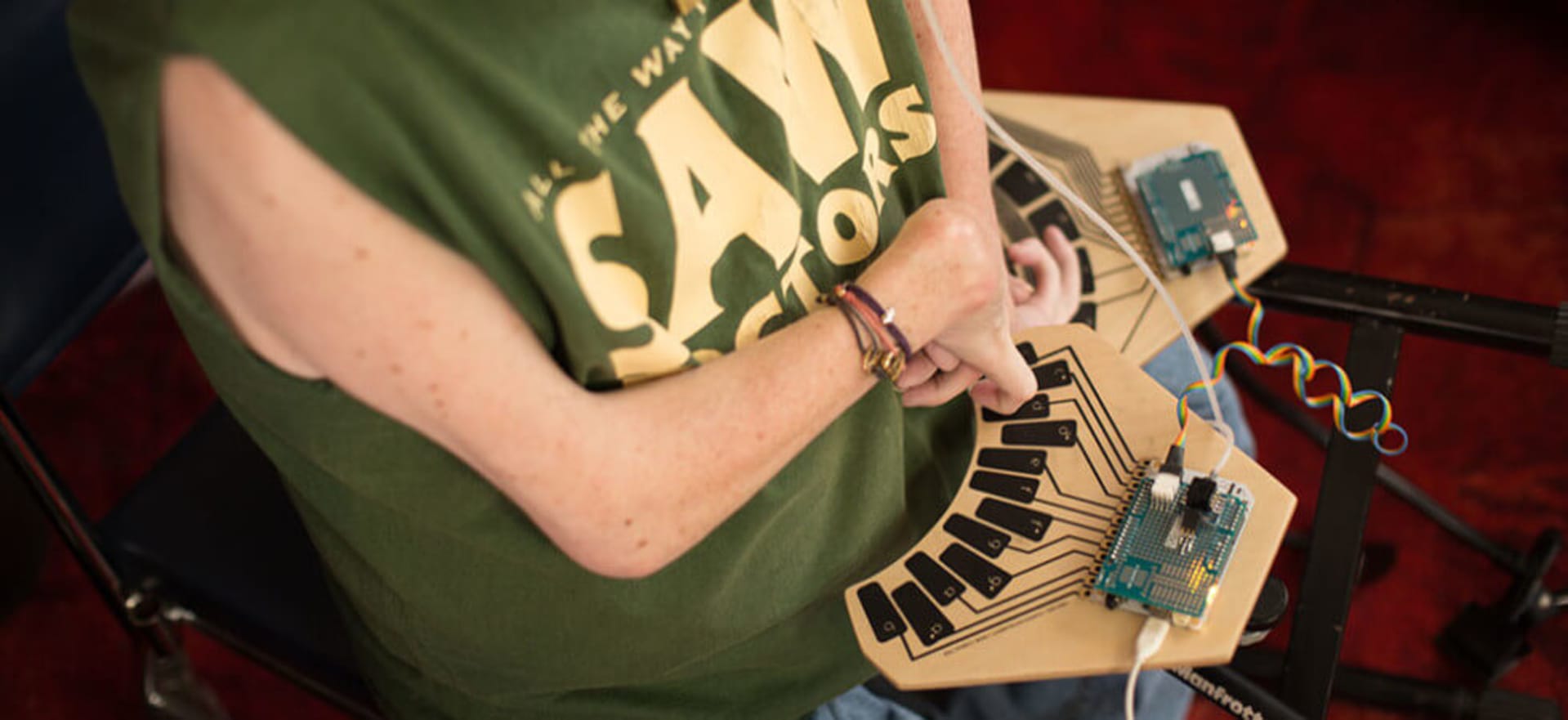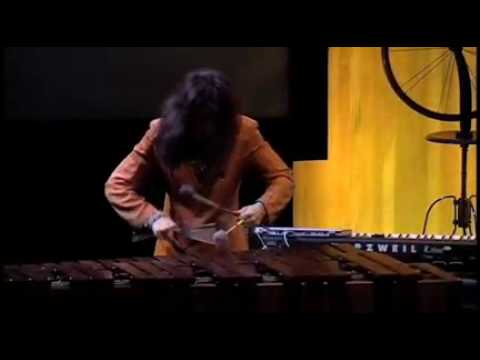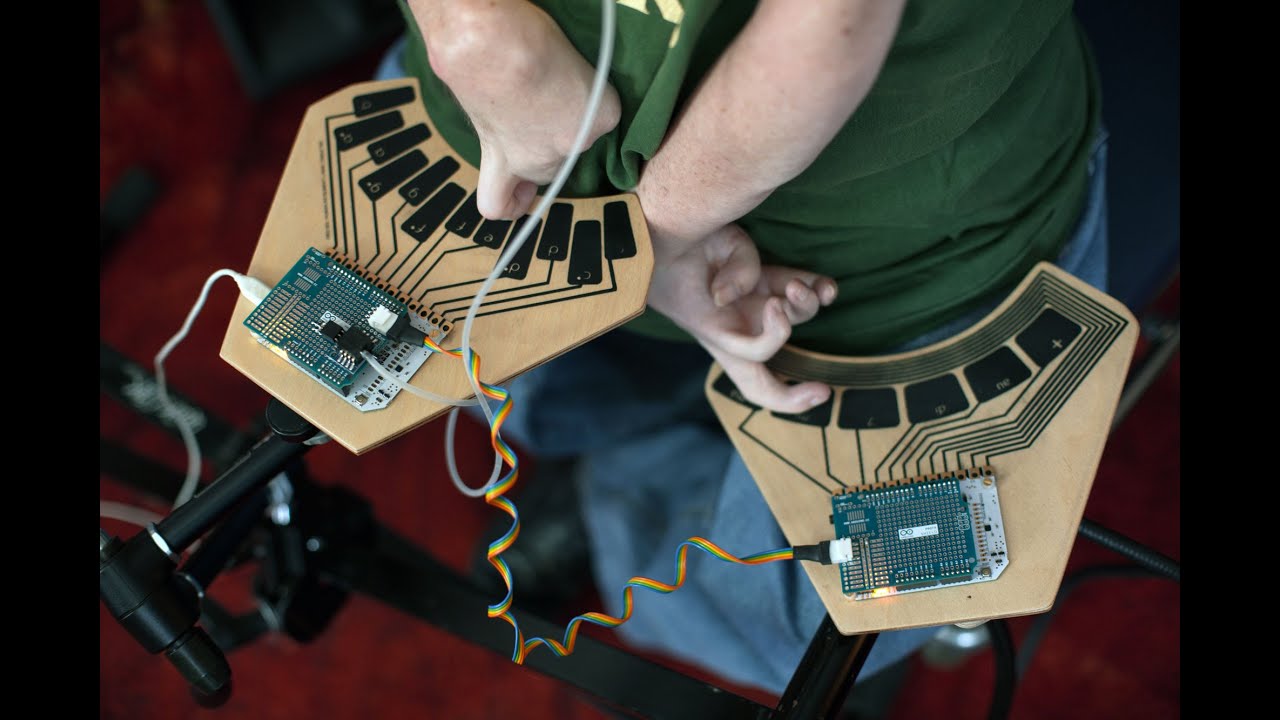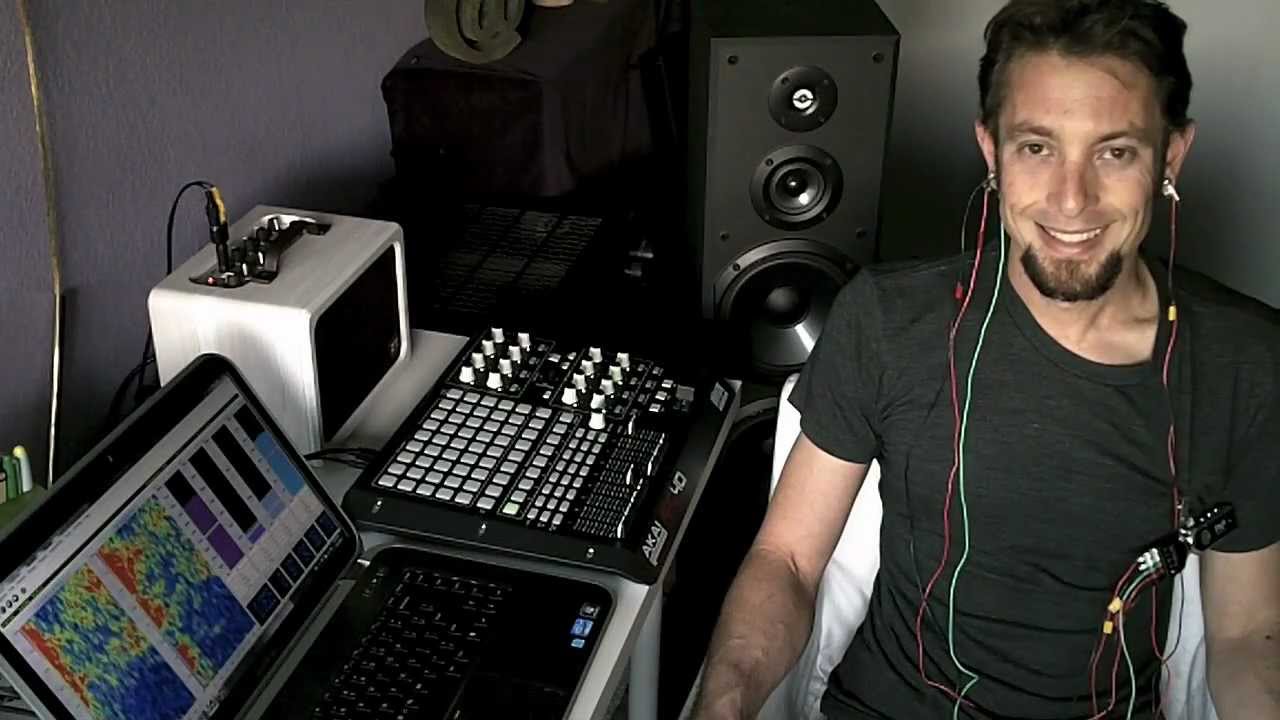
How To Create Music With Disabilities
The ability to create and play music is one of the greatest pleasures in the world.
Until fairly recently, this was a much harder game for people with physical disabilities. New advances in technology, however, have given them more of the tools they need to create, play and DJ music. While some of the technologies below are still in prototype stages, they’re paving the way for new and greater advances and awareness in making music accessible to everyone.
The student project of Amsterdam’s Andreas Refsgaard, Eye Conductor is a customizable musical interface with facial recognition that helps people with physical disabilities create music through their eye movements and facial expressions. The ready availability of music-creating technology is a valuable therapeutic tool as well, as Andreas notes:
1) Regardless of physical abilities music is a major interest, which has the ability to connect people (abled or disabled) through a shared activity.
2) The ability to create music functions as an important identity marker and a channel for expressing deep emotions, but often requires aid or execution by others.
3) The technology and the hardware exists, but tools for creating music in real time for people who cannot use their arms and fingers are missing.
Feeling The Beat
A lack of hearing should not prevent you from creating the sounds you want to experience. The insightful talk and musical demonstration above by Evelyn Glennie is proof of that—as is the work of the great composer Beethoven, deaf since the age of 31. Tactile sensation is another way to advance your aural desires into the world. 3D-printed synth modules are being created which can teach hearing-impaired children how to “hear” in different ways.
DJing as a deaf person is another hurdle that is also being surmounted. NYC DJ Robbie Wilde—who goes by the handle “The Deaf DJ” on social media—uses a variety of tools to bring the bass. One of the coolest is a customized tactile audio device from SubPac, which allows his body to feel the sensations of the music while in the studio. Find out more about Robbie’s tools of the trade in this inspiring DubSpot feature.
For a further demonstration of crafting sound using the mind and body rather than the ears, explore the incredible work of deaf sound artist Christine Sun Kim.
An Expressive Musical Instrument
Bare Conductive is a London-based design studio who have recently developed a new kind of electronic instrument. A collaboration with Human Instruments‘ Vahakn Matossian and the British Paraorchestra, they’ve crafted a prototype for an intuitive device which allows anyone to play music. The circuit board uses electrically-conductive paint linked to MP3 files and motion sensors to trigger sound, allowing a degree of versatility in music crafting that was previously unavailable to disabled musicians. Though the unnamed prototype instrument will not be available on the market, elements of its design will be released—which means larger companies like Native Instruments and Ableton will soon be able to create music making tools for a larger audience.
The Mind As Machine
If you think a lack of physical control means that you can’t create music, think again. MindMIDI is an incredible piece of tech that turns your brainwaves into sound. Working in the same way as a radio, the tool transforms the electrical impulses in your mind into music, with each individual spectrum able to control a different electronic instrument or channel. That means you can form music based on intention, or control an entire ensemble of instruments—from synthesizers to drums.
Published August 13, 2016.




